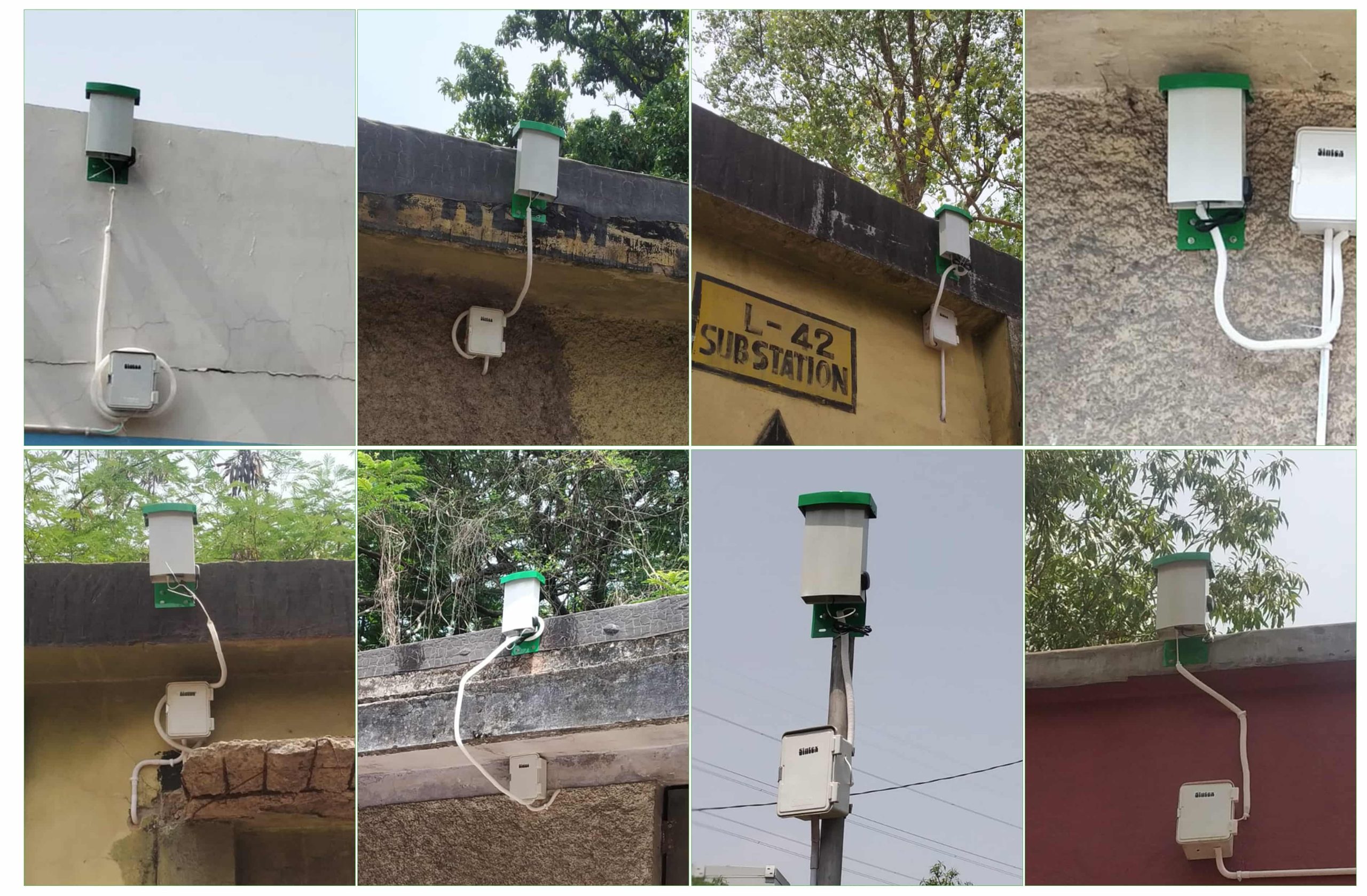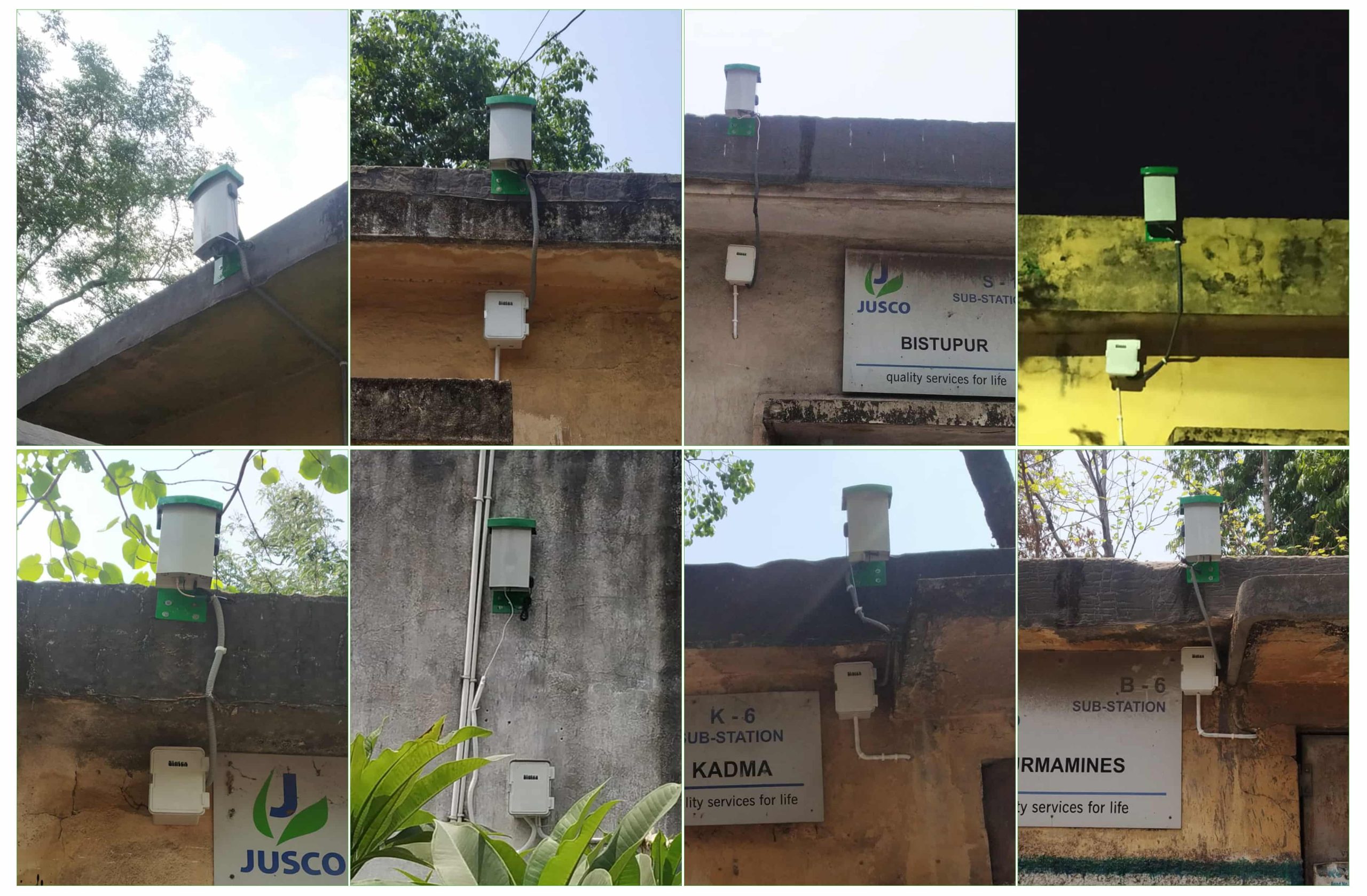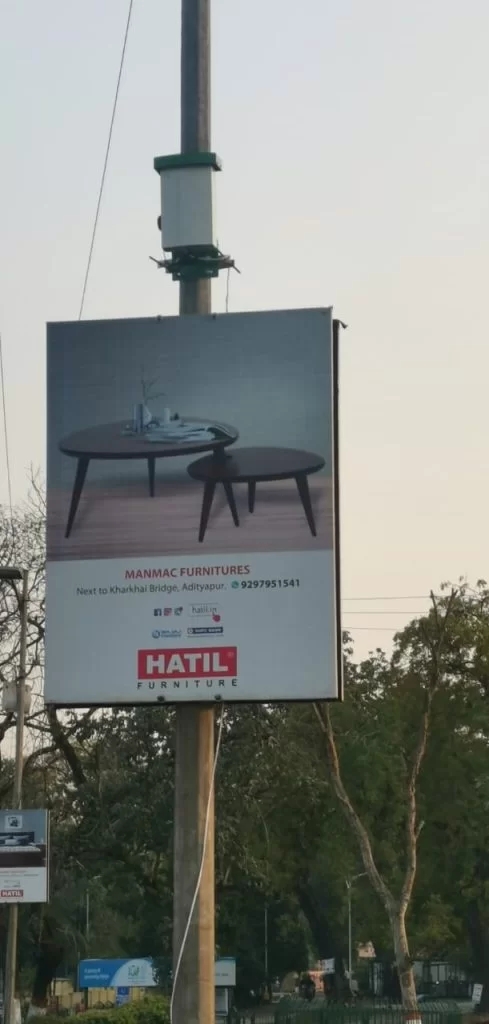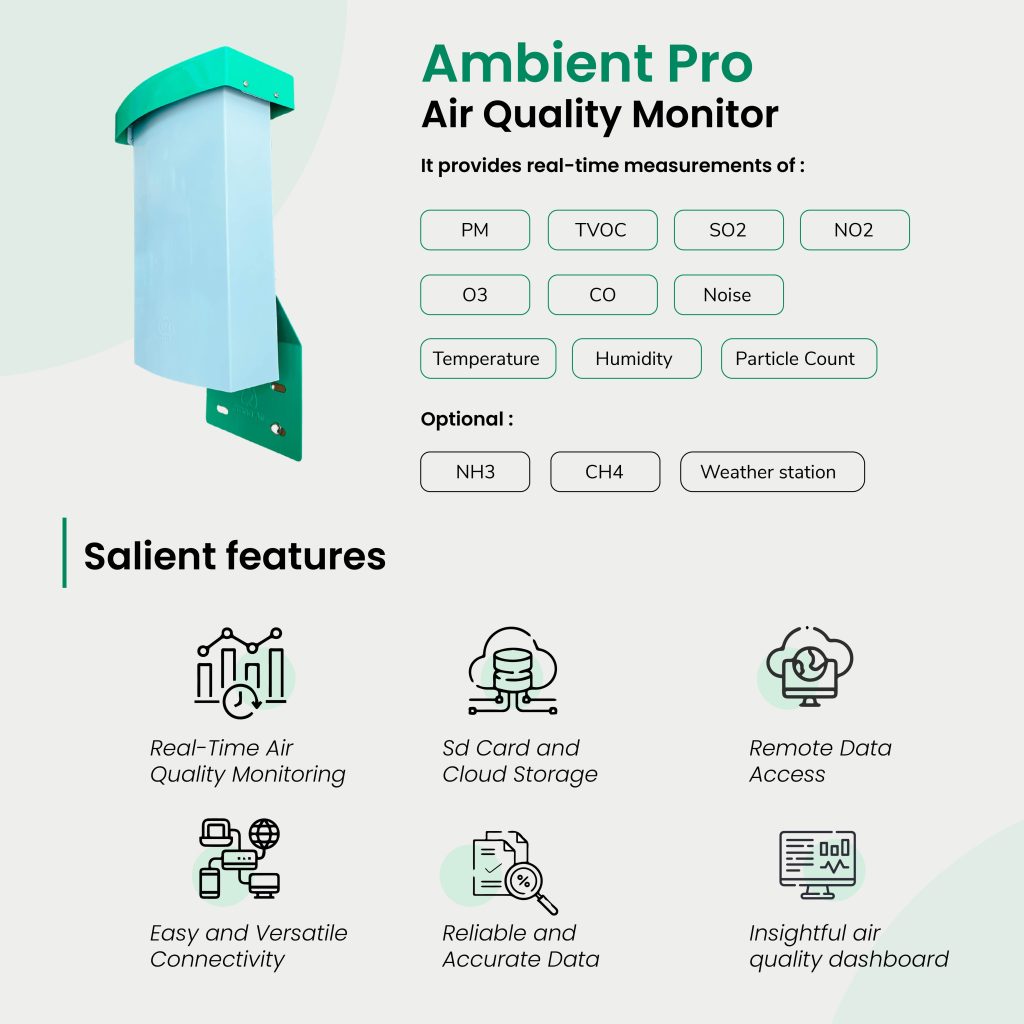About TATA Steel:
TATA Steel, one of India’s leading steel producers, sought to enhance its environmental monitoring capabilities, particularly in a city with significant industrial and residential zones. Prana Air, known for its advanced air quality monitoring solutions, was engaged to design and implement a system that addresses these needs. The following sections detail the client requirements, the solution provided, the implementation process, and the results achieved, based on available information.
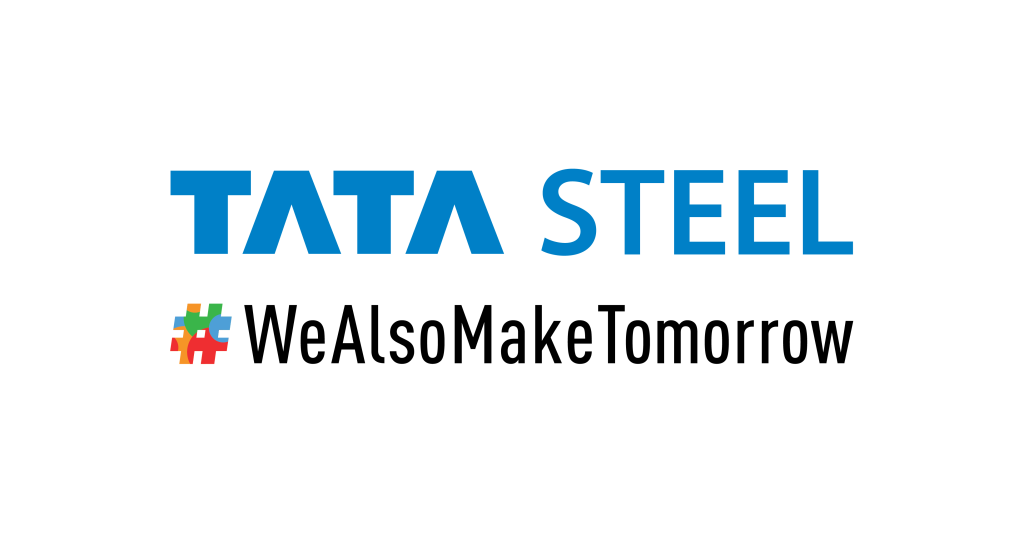
TATA Steel has committed itself to environmental conservation and taking constructive action to combat climate change. They aim to minimize and reduce pollution in their operations. Additionally, TATA Steel regularly monitors, reviews, and publicly reports on its environmental performance as part of its sustainability efforts.
TATA Steel requirements:
Jamshedpur is home to the 1st private Iron and Steel Company in India and the 6th largest in the world. Jamshedpur covers a total geographical area of 149.32 square kilometers. One-fourth of the city is occupied by the TATA Steel Plant. Therefore, they wanted to monitor the air quality in and around its manufacturing plant. The company wanted to measure the extent of air pollution within the area of Jamshedpur by Hyperlocal air quality monitoring.
Client Requirements: TATA Steel’s objectives were multifaceted, focusing on comprehensive environmental monitoring in Jamshedpur. The key requirements included:
- Hyperlocal Coverage: The need to capture air quality data across both industrial and residential zones to understand localized pollution levels.
- Noise Mapping: Monitoring noise levels throughout the city to assess environmental impact and comply with regulations.
Solution Provided by Prana Air
Prana Air designed a comprehensive solution tailored to meet TATA Steel’s needs, leveraging its expertise in air quality monitoring technology. The solution included:
Monitoring Devices:
-
- 70 Ambient Pro Monitors: Equipped with sensors for noise and particulate matter (PM₂.₅ and PM₁₀), focusing on hyperlocal coverage.
- 10 Advanced Air Quality Monitoring Stations: Measure PM, noise, temperature, humidity, SO₂, NO₂, O₃, CO, and TVOC, providing a broader spectrum of data.
- 2 Weather Stations: Provide additional meteorological data such as wind speed, wind direction, and barometric pressure, enhancing the system’s analytical capabilities.
Data Transmission: All monitors transmit real-time data to TATA Steel’s Environmental Management System (EMS) server via secure APIs, ensuring seamless integration and accessibility.
Implementation:
The implementation process involved a collaborative effort among multiple stakeholders, ensuring smooth execution and operational efficiency:
Roles and Responsibilities:
-
- TATA Steel: Owned the data and accessed it through APIs for analysis, leveraging the data for environmental management and regulatory compliance.
- TSUIL (Tata Steel Utilities and Infrastructure Limited): Provided infrastructure support, including electricity and installation sites, facilitating the physical deployment of monitors.
- Purelogic Labs: Handled data provision, installation, and maintenance of the monitors, ensuring operational continuity.
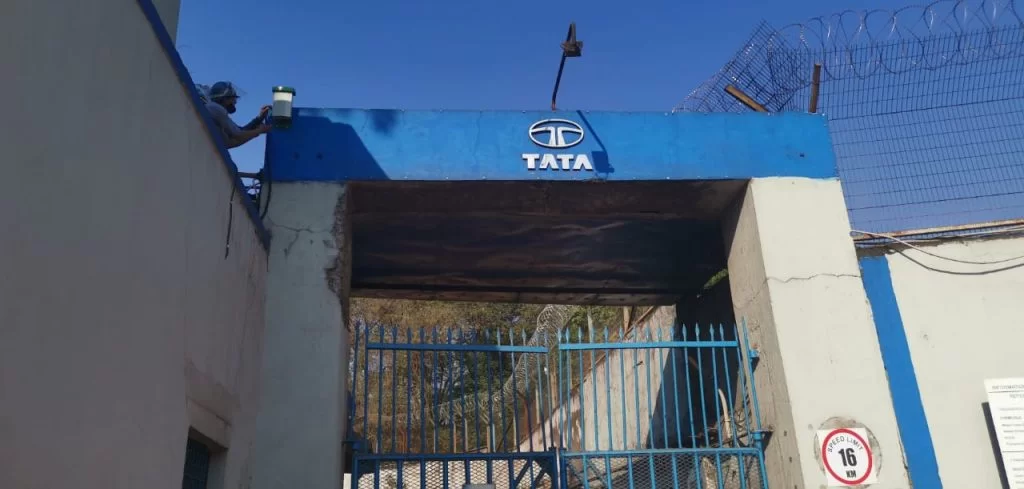
Prana Air, a leading air quality monitoring solutions provider, provided TATA Steel with a total of 80 air quality monitors. 10 air quality monitors that measure parameters like PM, SO2, NO2, O3, and CO. We equipped two of these monitors with weather stations. Along with that, we provided TATA Steel with 70 air quality monitors with Noise and PM sensors for hyperlocal air quality monitoring. We equipped one of these monitors with a weather station to gather additional data related to the weather changes.
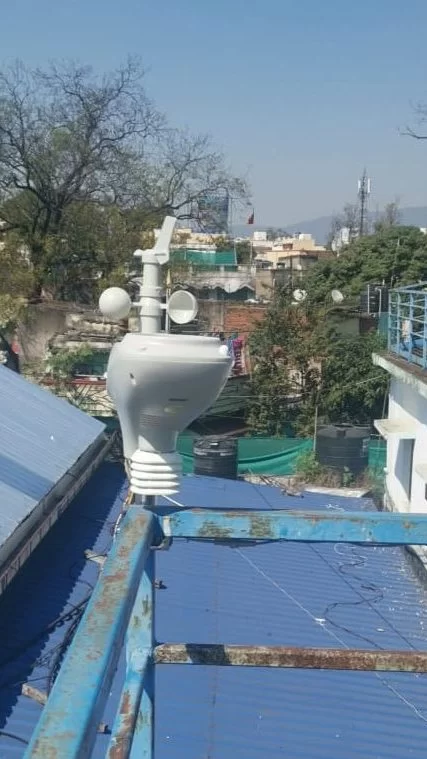
About the product:
Key Features of the Solution:
- Multi-Parameter Sensing: The 70 Ambient Pro monitors measure PM₂.₅, PM₁₀, and noise, while the 10 advanced stations also monitor NO₂, SO₂, O₃, CO, TVOC, temperature, and humidity, offering comprehensive environmental insights.
- Expandability: The system allows for optional modules, such as weather stations and additional gas sensors (e.g., NH₃, CH₄), ensuring flexibility for future needs.
- Durability: All devices are encased in IP68-rated housing, making them suitable for deployment in harsh industrial environments, ensuring long-term reliability.
- Ease of Installation: The plug-and-play design, combined with remote configuration via a user-friendly web dashboard, facilitated quick deployment.
- Data Accuracy: Automated self-calibration routines and laboratory-grade reference calibration ensure precise measurements, critical for regulatory compliance and decision-making.
- Solar-Powered Monitors: 10 of the monitors are equipped with solar panels, promoting sustainable operation and reducing energy costs.
Real-Time Data Integration:
-
- All monitors stream live data into Prana Air’s cloud-based environmental software, enabling real-time monitoring.
- A user-friendly web dashboard aggregates real-time and historical data, allowing for trend analysis, automated alerts, and data-driven decision-making.
Support Structure:
-
-
- A full-time on-site engineer was deployed to ensure continuous maintenance, troubleshoot issues promptly, and guarantee high uptime (exceeding 95%), aligning with TATA Steel’s reliability requirements.
-
This solution was designed to address the complexity of monitoring air quality in an industrial city like Jamshedpur, ensuring both coverage and accuracy.
Results
Since the implementation, Prana Air has been providing continuous air quality data to TATA Steel for over four years.
Conclusion
Through its collaboration with TATA Steel, Prana Air has demonstrated how smart environmental technology can transform industrial cities into data-driven, sustainable ecosystems. The Jamshedpur deployment sets a benchmark for hyperlocal environmental monitoring in India — with high accuracy, seamless integration, and exceptional on-ground support.
